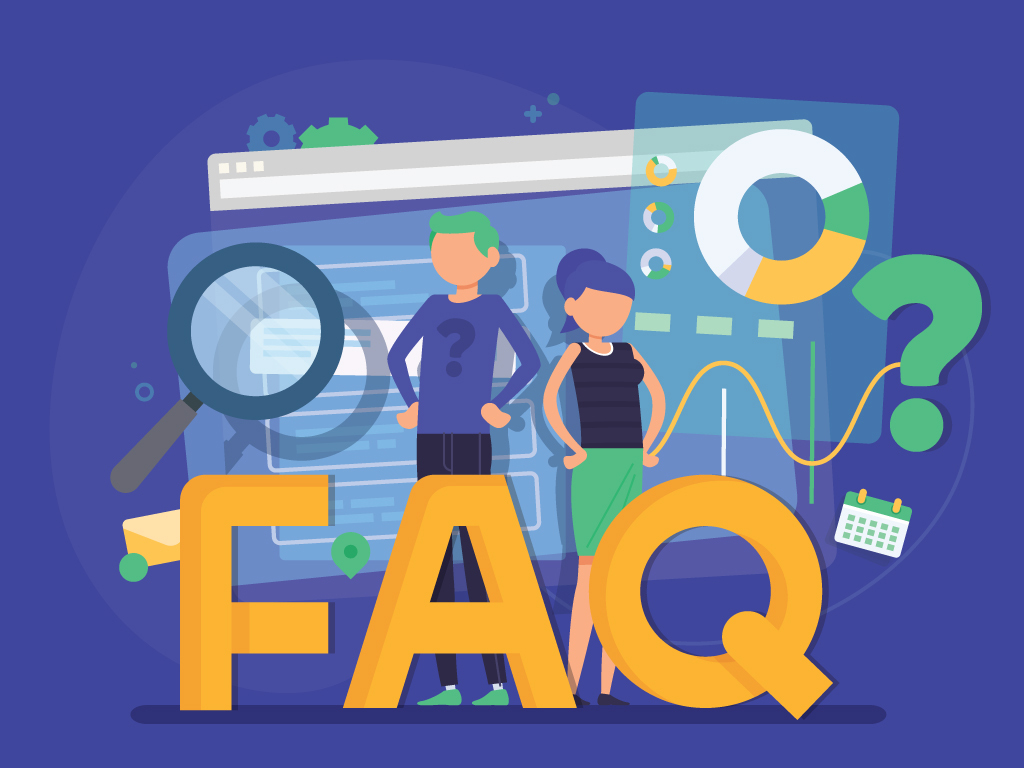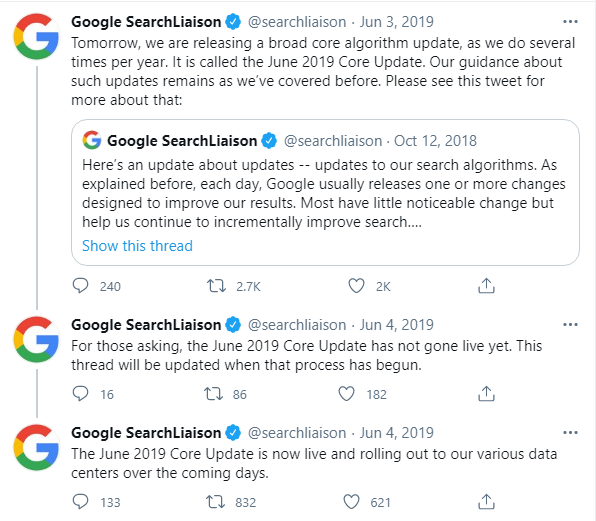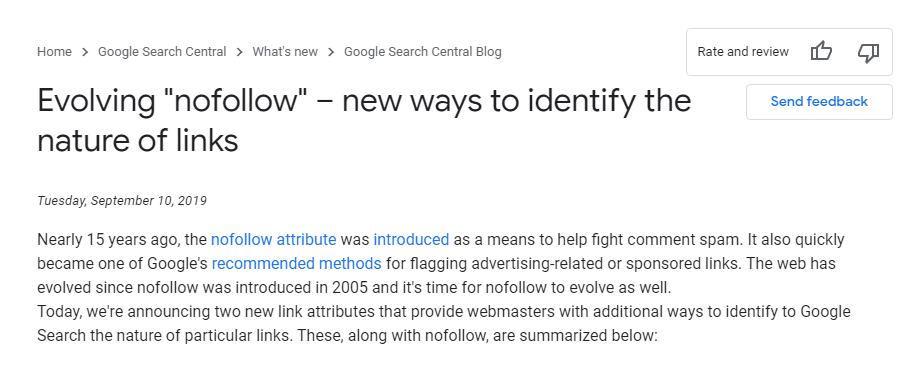23 Frequently Asked SEO Questions

One of the things that I like the most about the SEO industry is that education is easily accessible to literally anyone who wants to learn about SEO. I have seen the growth of the knowledge base throughout the years as more and more SEO experts share their experiences and strategies that they have discovered. Google has also put in the effort to educate people about search.
However, with so many resources available online, it also became a problem for those who are new to SEO to find reliable websites to answer their questions. Yes, there are a lot of authoritative websites but there are also those who try to misinform people or complicate things. And so in this blog post, I’ve compiled the most frequently asked questions about SEO and I’m here to answer them all.
Frequently asked General SEO Questions
What is SEO?
SEO stands for Search Engine Optimization. It is the practice of optimizing a website to increase its rankings in Google search. By ranking high in Google search, you increase your online visibility and get more organic traffic.
Are there different types of SEO?
Yes, there are three different types of SEOs. They are; white hat SEO, black hat SEO, and gray hat SEO.
White SEO is the ethical and legal practice of SEO where a person uses only strategies that are in line with Google’s guidelines. It may take quite some time before those who practice white hat SEO rank at the top but once they’re there, it is hard for their competitors to take it away from them. Practicing white hat SEO is also the most recommended because it does not put your website at risk of getting a penalty.
Black hat SEO is the unethical practice of SEO where a person uses strategies that try to manipulate Google’s algorithm. It is against Google’s policies. It might take you to the top of the search results at a much faster rate but there is a high risk of getting a penalty.
Gray hat SEO is the middle ground. These are strategies that are not against Google’s guidelines but also not completely legal as well. The risks of getting a penalty are not as high as black hat SEO but the bottom line is, there is still a risk.
How does SEO work?
SEO always starts with keywords. Before you optimize a website, you need to have keywords in mind that you want your website to rank for. Of course, these keywords should be relevant to your business. The process of searching for keywords is called keyword research.
Google has more than 200 publicly known ranking factors that it uses to assess websites. SEO involves optimizing these factors with your target keywords. Eventually, your website will start ranking in Google search and ranking for more keywords will equate to having more people going to your website.
What are the most important ranking factors?
Out of the 200 ranking factors being used by Google, those that are considered to be the most important are content, mobile-friendliness, on-page SEO, search intent and links.
How can my business benefit from SEO?
Search is a lifestyle. Google is a part of today’s buyers process. When a person is looking for a product or service, they are most likely to search information about it in Google. By optimizing your website and ranking for keywords that are relevant to the products that you sell or service that you are offering, you are able to attract more leads and get more sales.
How long does it take before I feel the effects of SEO?
It would depend on a lot of factors such as how much optimizations you put in your website in the first months and your competition. But with all things considered equal, it takes about 4-6 months to have a felt effect.
Always remember that SEO is not an overnight effect. If you apply changes today, you can’t expect to reach the number 1 in Google when you wake up tomorrow. SEO takes a lot of time and effort. It’s a long-term investment.
What is the difference between SEO, PPC, and SMM?
SEO, PPC, and SMM are three different strategies but they are all under digital marketing. SEO deals with getting traffic from Google search results called organic traffic since you don’t have to pay every time a user clicks on your website. PPC (pay-per-click) are paid ads where you only pay every time a user clicks your ad to your website, thus it falls under paid traffic. Lastly, SMM (social media marketing) deals with utilizing social media platforms to reach your audience. Traffic to your website from social media is called social traffic.
What is an algorithm update?
An algorithm update is when Google makes some tweaks, changes, or adjustments in their ranking factors and other factors that they use for search. According to Google, they tweak the algorithm everyday. But there are a few times every year where they release algorithm updates that affect multiple factors called ‘broad core algorithm updates’.
Some of the most popularly known algorithm updates are the Panda update, Penguin update, Hummingbird, and Medic. These names are given by the SEO community depending on the impact of the update but since 2019, Google started naming the algorithm updates themselves depending on the month that they released it.

Also, Google didn’t announce algorithm updates before. SEOs would detect these algorithm updates through massive fluctuations in rankings and traffic. The first time Google pre announced that they will be releasing algorithm updates was also in 2019.
What is a penalty?
When Google detects that a website is using spammy SEO tactics, Google may serve a penalty to that website. A website that receives a penalty from Google will lose its rankings and lose its traffic as a result. You will know that your website is at risk of receiving a penalty if Google issues a manual action in your Google Search Console account.
The difficulty of recovering from a penalty may vary depending on the gravity of the offense. Some may only affect a few pages, but for many, the whole website may be affected. It is a long process and the first step is always to check what was the reason for the manual action and fix it accordingly.
Frequently asked Link building Questions
What is link building?
Link building is the practice of acquiring links from other websites, better known as backlinks. It is also known as off-page SEO since most, if not all, of your efforts in link building happen outside of your website.
What is PageRank?
PageRank is the algorithm used by Google to assess the importance of websites based on the quantity and quality of links that they get from other websites. Based on the PageRank algorithm, websites that have more quality backlinks will rank higher than websites that have less. This is one of the earliest algorithms developed by Google’s founders and it is still being used until today.
How important are links to rankings?
Links are one of the top ranking factors in Google’s algorithm. A website that has a good quantity of quality links can rank high in Google. Some would say that it is in the top 3 but studies have shown that the impact of backlinks in rankings decreased throughout the years but it is still one of top ranking factors.
What are the types of links?
Currently, there are 4 types of links: dofollow, nofollow, ugc, and sponsored. By default, all links in the web are dofollow links. They pass on authority or ‘link juice’ and Google uses these links for rankings. On the other hand, nofollow links do not pass on link juice.

User-generated content or UGC and sponsored are newer types of links that Google introduced in 2019. Links that are placed by users, not the website owners, should be tagged as UGC. While advertisements, affiliate links, and any other paid links should be tagged as sponsored links.
Do nofollow links affect rankings?
Originally, nofollow links do not affect rankings at all. Google would ignore these links and will help in ranking a website in any way. It was used mostly by webmasters to avoid spam on their websites and also to conserve their own website’s link juice.
However, Google announced last 2019 that nofollow links are now going to be used as ‘signals’ for rankings but still not necessarily direct ranking factors. Google did not say exactly how they are going to be used but we could assume that Google will use factors such as anchor texts to understand the context of websites better.
What are examples of link building strategies?
There are a lot of creative ways to acquire backlinks but some of the most popular and have the highest chances of getting quality links are:
Guest posting
HARO (Help a Reporter Out)
Broken Link Building
Competitor link building
Round ups
Publishing guides
Frequently asked On-page SEO/Content
What is on-page SEO?
On-page SEO is the optimization of SEO factors that are found within the website. These factors include title tags, meta descriptions, headings, keyword density, image alt texts, keyword proximity, slugs, and more.
How do you make SEO-friendly Content?
The key difference when writing SEO-friendly content and other forms of content is you are writing articles with a specific keyword in mind and the goal to rank for that keyword in Google. Which means you need to think about integrating on-page SEO factors without sacrificing the integrity of an article.
What is search intent?
Search intent is the purpose of a user when doing a search. There are different types of search intent; informational, commercial, transactional, and navigational. Each keyword has a specific search intent that you need to satisfy if you want to rank for it. Search intent is one of the most important ranking factors in today’s SEO and it should be your focus when writing content.
What is E-A-T?
E-A-T stands for Expertise, Authority, and Trust. These are three criteria being used by Google’s quality raters who manually check websites and evaluate them. E-A-T started gaining popularity when the Google Quality Raters guidelines was revised back in 2018. Although Google said that E-A-T is not technically a ranking factor, it is still best to follow the best practices for it because it involves improving the overall quality of a website.
Frequently asked Technical SEO Questions
What are indexing and crawling?
Indexing and crawling are two main processes that a website needs to undergo to appear in Google. First, Google crawls a website to discover all of the pages inside it and their contents. Google then processes all these data and once they are successful, the website will now be indexed and be available in Google search.
What is a sitemap?
A sitemap is a file that includes the list of all important URLs of a website. You can submit a sitemap in Google Search Console and Google will prioritize the crawling and indexing of the URLs inside the sitemap.
How do I manage what Google crawls and index on my website?
If you want to manage what Google crawls and index on your website, you need to verify your website in Google Search Console or GSC. It is a free tool that allows you so manually submit your website and sitemap. In Google Search Console’s Coverage report, you’ll be able to see all the pages Google is able to crawl and index on your website. It will also show you errors that may hinder your website from appearing in search.
What is a robots.txt file?
A robots.txt file includes URLs on your website that you do not want Google and other search engines to crawl. Usually, robots.txt files are used to manage crawl budgets and block other bots to avoid overloading of servers to maintain website speeds.
Key Takeaway
By publishing this article, I hope that I am able to help answer SEO questions that you have in your mind especially if you are new to SEO. Do you have other questions you want me to answer? Let me know in the comment section below so I could answer you or maybe update this article and add your question in it.